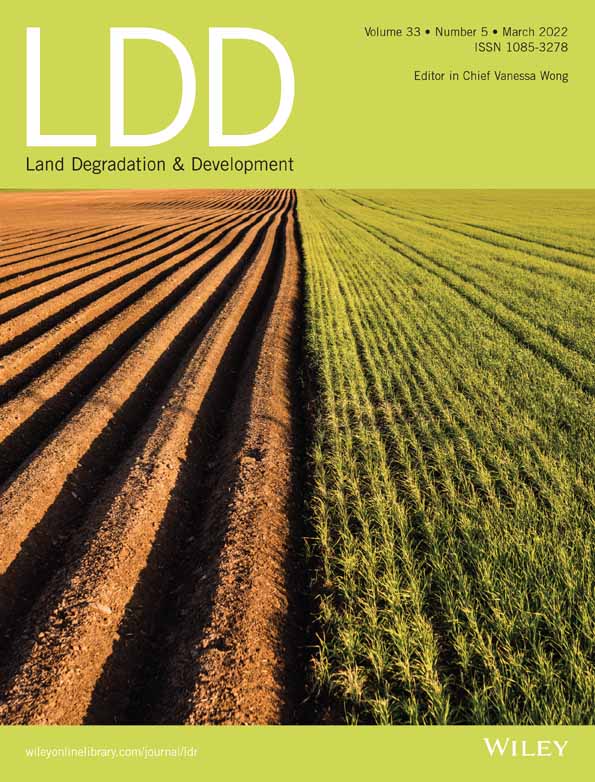View Item
- xmlui.general.dspace_homeCentros e Institutos de InvestigaciónCIRN. Centro de Investigaciones de Recursos NaturalesInstituto de Clima y AguaArtículos científicosxmlui.ArtifactBrowser.ItemViewer.trail
- DSpace Home
- Centros e Institutos de Investigación
- CIRN. Centro de Investigaciones de Recursos Naturales
- Instituto de Clima y Agua
- Artículos científicos
- View Item
An insight into the patterns and controls of the structure of South American Chaco woodlands
Abstract
Logging, grazing, wood extraction, and anthropogenic fires are pervasive throughout the subtropical dry vegetation of South America leading to changes in woodlands structure and ultimately its degradation. The Chac ohaco biome encompasses the second-largest forest in South America and has a long history of intensive use. We sought to characterize the structure and heterogeneity of its woodlands across biogeo graphic subunits and climatic gradients, and
[ver mas...]
Logging, grazing, wood extraction, and anthropogenic fires are pervasive throughout the subtropical dry vegetation of South America leading to changes in woodlands structure and ultimately its degradation. The Chac ohaco biome encompasses the second-largest forest in South America and has a long history of intensive use. We sought to characterize the structure and heterogeneity of its woodlands across biogeo graphic subunits and climatic gradients, and evaluate structure controls. We quantified canopy height, cover, vertical complexity, vegetation amount above 3 m and total veg etation amount over 58 woodlands within the Argentinean Chaco by means of terres trial laser scanner. We assessed the relationship between three groups near the maximum, average and minimum values of each structural variable and precipitation, temperature and temperature of the coldest month using quantile regressions. We found large variability in structural attributes within each biogeographical subunit, showing woodland areas with similar structure across broad gradients of climate. This suggests a considerable impact of current and past land use in shaping woodland struc tures across the Chaco. Overall, structural variables were positively associated with precipitation and temperature, albeit more strongly to the former, except for canopy height, which showed a strong association with mean temperature of the coldest month. We hypothesize that land-use impact on woodland structure decreases with increasing precipitation, as the lack of water may limit the recovery of vegetation struc ture. Our results contribute to a better understanding of variation in key structural vari ables of Chaco woodlands in relation to climate and land use.
[Cerrar]

Author
Fuente
Land Degradation and Development 33 (5) : 723-738. (March 2022)
Date
2022
Editorial
Wiley
ISSN
1085-3278
1099-145X
1099-145X
Documentos Relacionados
Formato
pdf
Tipo de documento
artículo
Proyectos
(ver más)
INTA/PNBIO-1131034/AR./Inmunología molecular y genómica funcional aplicadas a interacciones patógeno hospedador de interés pecuario.
Palabras Claves
Derechos de acceso
Abierto
 Excepto donde se diga explicitamente, este item se publica bajo la siguiente descripción: Creative Commons Attribution-NonCommercial-ShareAlike 2.5 Unported (CC BY-NC-SA 2.5)
Excepto donde se diga explicitamente, este item se publica bajo la siguiente descripción: Creative Commons Attribution-NonCommercial-ShareAlike 2.5 Unported (CC BY-NC-SA 2.5)


